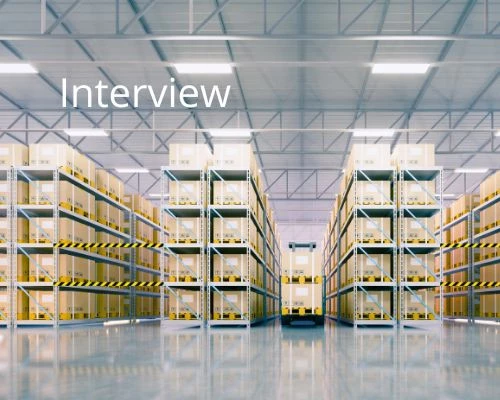4 Key Characteristics of a Smart Factory
Add bookmark
Manufacturing is in the midst of a revolution powered by data and information. Factories have tooled up with sophisticated sensors and cloud computing that take manufacturing agility, quality, efficiency and safety to a new level of performance.
Here are four key characteristics of today’s smart factories.
#1: Connected machines and workers
Cloud computing and IoT sensors have made it possible to connect data from machines to workers and operators like never before. Sensors can provide real time information on variables such as machine temperature, vibration, inventory levels and more.
This information can be used to detect problems before they become a production outage. It can also be used to analyze maintenance trends to improve maintenance scheduling.
This information can flow into apps, wearable technology (such as smart glasses) or tablets that workers can use to monitor production, input information, diagnose or report problems and carry out operations.
At global aerospace company Airbus, for instance, workers use tablets or smart glasses to assess a situation, communicate with the main office and then send information back to a robotic tool.
#2: Data Analytics
These sensors make data the new gold in the era of the smart factory. Data offers real-time insight and intelligence into manufacturing operations. Data reliability is higher as it is gathered automatically without human input. It is also more frequent (often real time).
All this information means that smart factories require advanced data analytics tools to make sense of it. There is not much use in having data; actionable information that you can do something with is the goal.
#3: Automation & Robots
A list of what characterizes a smart factory would not be complete without mentioning robots.
Robots have been used in manufacturing for decades to streamline tasks, automate processes and improve quality.
Robots can work tirelessly and with greater precision than human workers at repetitive tasks.
However, today’s industrial robots are performing more than just repetitive tasks. Coupled with machine learning and artificial intelligence, this generation of industrial robots can carry out more advanced tasks than in the past.
For instance, food and beverage companies can use robots fitted with special cameras and sensors to detect manufacturing defects to improve product quality.
So-called ‘co-bots’ are also on the rise. These are sophisticated robots that are designed to work alongside human operators to carry out tasks.
At a factory in Cologne Germany that manufactures Ford Fiestas, cobots check car surfaces for potential defects in the chemical coating. If the cobot identifies a defect it will sand the surface down and even clean up after itself.
#4: Use of Augmented and Virtual Reality
Augmented and virtual reality tools are rapidly finding a place in leading smart factories. These tools can be used to enhance training programs, capture the knowledge of experienced staff, and facilitate collaboration on the design of new products and facilities.
At forestry product manufacturer Georgia-Pacific, for instance, their training program (called Quest) incorporates AR and VR elements to give new workers an immersive learning experience. Trainees have access to videos and PowerPoint slide decks, virtual site tours and podcasts featuring experienced subject matter experts.
Meanwhile, at refinery Flint Hill Resources, the company models projects in 3D, which enables more powerful feedback as workers can see new product or facilities and suggest improvement opportunities.
Conclusion
Today’s smart factories leverage innovative technology and data to achieve a level of manufacturing performance unsurpassed in history.
Interested in Learning More?
As COVID-19 restrictions ease and the manufacturing industry rebounds, industrial employers face an urgent imperative to prepare for the future of work. Learning how to navigate transformation, closing the digital skills gap, accounting for supply chain disruption, and constantly pushing innovation, productivity and quality must be among the top priorities for organisations looking to thrive.

















